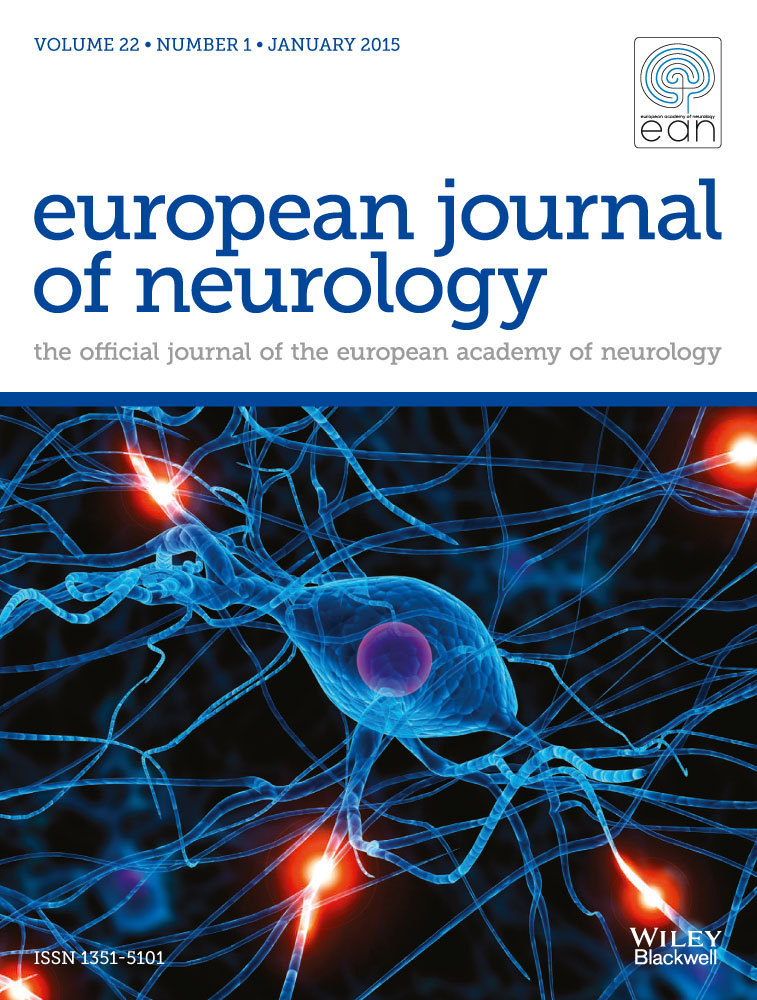Evaluating gait and postural responses to subthalamic stimulation and levodopa: A prospective study using wearable technology
Abstract
Background
The efficacy of subthalamic stimulation on axial signs of Parkinson's disease (PD) is debated in the literature. This study delves into the dynamic interplay of gait and posture, specifically probing their nuanced response to subthalamic stimulation and levodopa.
Methods
We used wearable sensor technology to examine alterations in the spatiotemporal parameters of gait and posture in individuals with PD before and 6 months after subthalamic deep brain stimulation (STN-DBS) surgery. Thirty-three subjects with PD were evaluated in two pre-operative and four post-operative conditions comprising OFF/ON medication and stimulation states. Standardized response mean (SRM) values were calculated to assess treatment responsiveness.
Results
Significant improvements in spatiotemporal gait parameters, including speed, stride length, cadence, and turning, were observed following STN-DBS surgery. Quantitatively, stimulation outperformed levodopa in enhancing gait speed, stride length, and turning, as indicated by SRM. Levodopa moderately improved stride time variability and asymmetry, while stimulation alone demonstrated limited efficacy. Postural parameters exhibited minimal change following STN-DBS, although stimulation showed a slight benefit in certain postural aspects.
Conclusion
Our findings suggest positive effects of stimulation and levodopa on gait and postural parameters, with STN-DBS demonstrating superior efficacy in enhancing gait speed, stride length, and turning. However, gait variability remains unaddressed by current therapies, highlighting the need for novel treatments targeting regions beyond the basal ganglia.


 求助内容:
求助内容: 应助结果提醒方式:
应助结果提醒方式:


